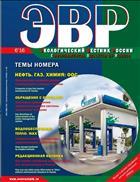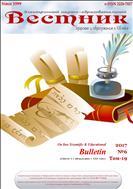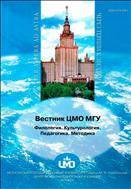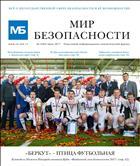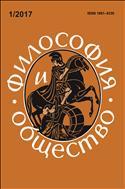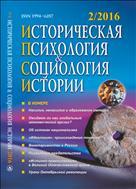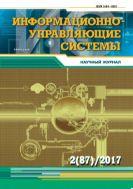Long-Term Growth Trends Analysis of Norway Spruce Stands in Relation to Possible Climate Change: Case Study of Leningrad Region = Анализ долговременных тенденций роста древостоев ели европейской в связи с возможным изменением климата (на примере Ленинградской области)Long-Term Growth Trends Analysis of Norway Spruce Stands in Relation to Possible Climate Change: Case Study of Leningrad Region = Анализ долговременных тенденций роста древостоев ели европейской в связи с возможным изменением климата (на примере Ленинградской области) 
The Lisino training and experimental forest of the Saint-Petersburg State Forest Technical
University was chosen as a study area. The forest is located in the central part of the
Leningrad region and has a high level of protection as a forest of scientific and historical
value. According to the official data, mean annual temperature in the region increased by
0.6 °C within 10 years as well as precipitation. The impact determination of changing
climate conditions on Norway spruce trees growth was the aim of this study. Three most
representative compartments dominated by Norway spruce (Picea abies (L.) Karst.) were
selected for data collection. Core samples were taken by the Pressler increment borer from
107 dominant trees while climatic data were obtained from the nearest weather stations.
Tree rings were measured and analyzed using WinDendro software while climate data
were processed by Microsoft Excel. Tree ring data cover the time interval from 1848 to
2011, each ring was characterized by width, calendar year, age and diameter of the tree.
Radial growth was analyzed within age and diameter classes. Annual rings widths were
varied from 0.1 to 6 mm. There was a positive trend in age classes of 0-20, 21-40 and
41-60 years old. The growth was very slow in the age classes of 61-80, 81-100 and >100.
Diameters are larger in the age classes of 20-40 and 41-60 as compare to the local diameter
growth table which was developed in the 19th century. Diameters for age classes older than
41-60 years were less than prescribed by the diameter growth table. Annual rings width for
all age classes also demonstrate cyclic dynamics, moreover, the decline in growth sometimes
occurred in recent decades. Multiple regression was used for developing the response
function of growth to changes in climatic conditions. There was revealed a high correlation
(90 %) and low influence of vegetation period climate data on growth during 1848–2011
(0.08102 mm/°C and 0.00085 mm/mm). Likewise, analysis shows that growth is higher
in young and middle-aged than mature and over mature stands. Overall, climate change
impact has a positive effect on the radial growth of Norway spruce for the studied area,
however, not for all age and diameter classes.
For citation: Alekseev A.S., Sharma S.K. Long-Term Growth Trends Analysis of Norway
Spruce Stands in Relation to Possible Climate Change: Case Study of Leningrad Region.
Lesnoy Zhurnal [Russian Forestry Journal], 2020, no. 3, pp. 42–54. DOI: 10.37482/0536-
1036-2020-3-42-54 Итого: 0.00руб. Электронное издание «Long-Term Growth Trends Analysis of Norway Spruce Stands in Relation to Possible Climate Change: Case Study of Leningrad Region = Анализ долговременных тенденций роста древостоев ели европейской в связи с возможным изменением климата (на примере Ленинградской области)» (бесплатно). Скачать номера в формате PDF. |














